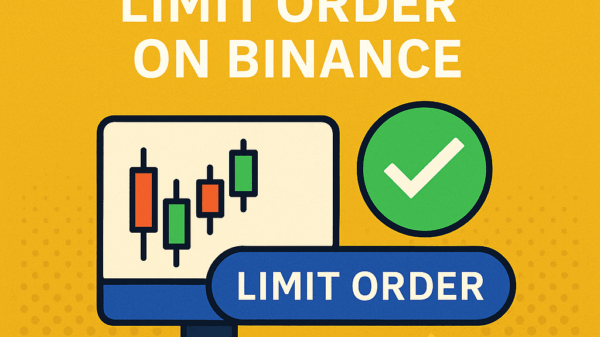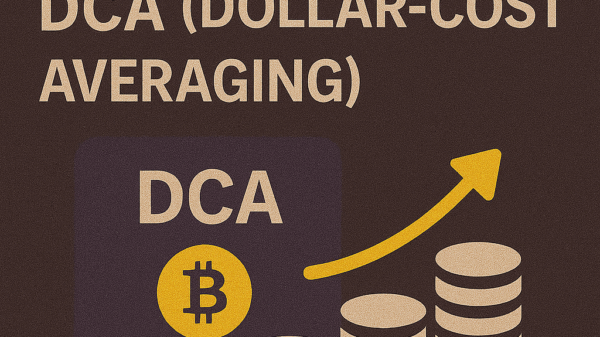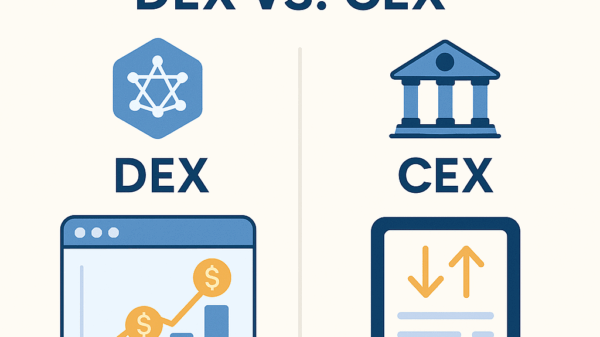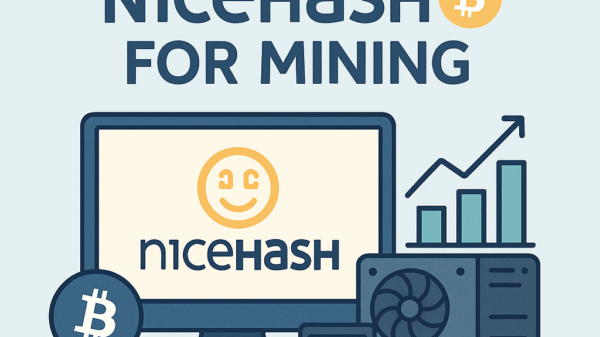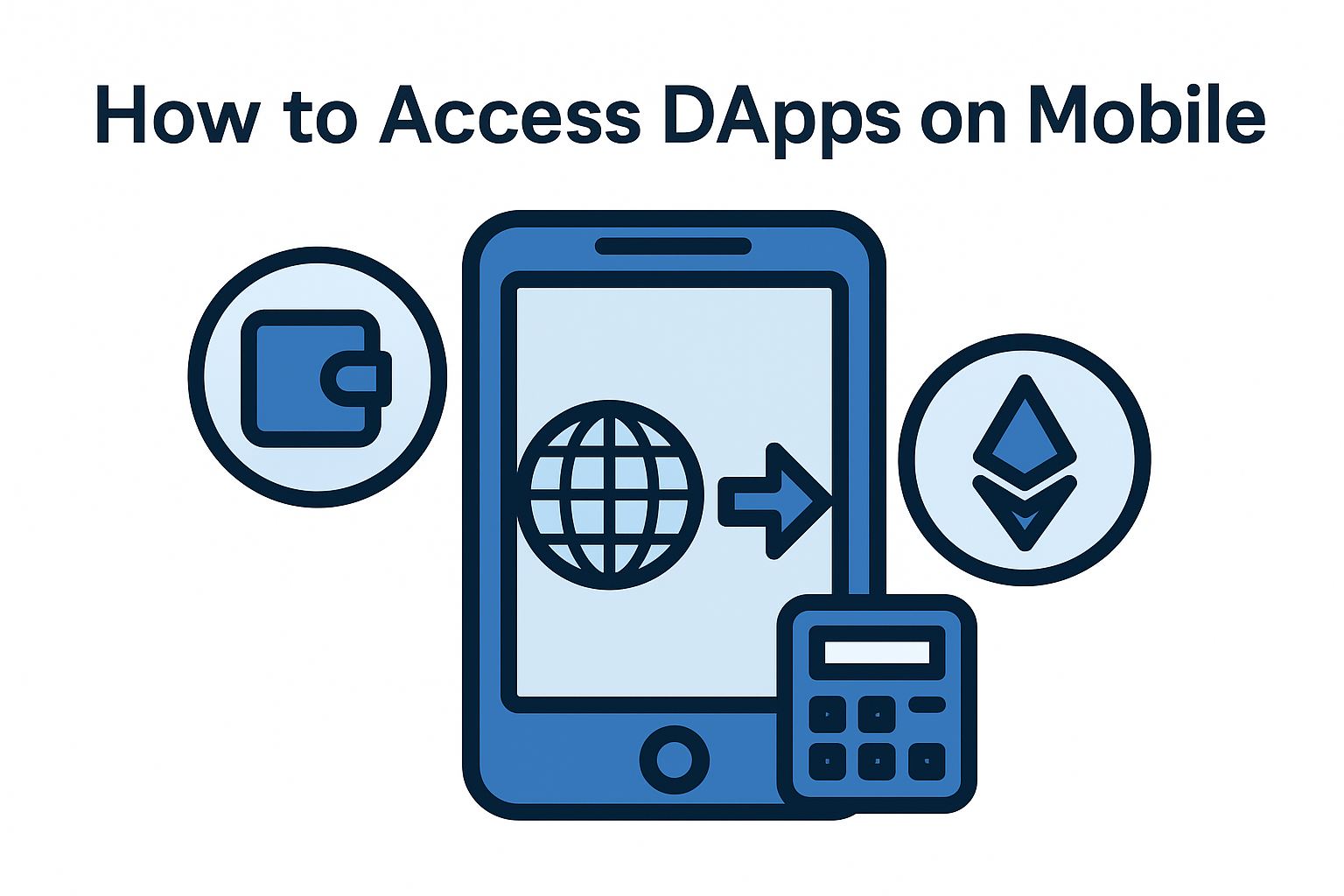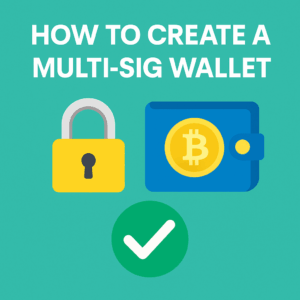How to Avoid Fake Crypto Apps
By Jason Miller – Crypto Writer 10.expert 🧠 Covering Bitcoin, altcoins, blockchain & Web3.
As a crypto writer and analyst based in the U.S., I’m constantly immersed in the dynamic world of Bitcoin, altcoins, and blockchain innovation. One critical area where I see a persistent threat to both new and seasoned investors is the proliferation of fake crypto apps. These deceptive applications are designed to steal your hard-earned digital assets, and staying vigilant is paramount. Let’s dive into how you can protect yourself.
How to Avoid Fake Crypto Apps: Your Shield in the Digital Wild West 🛡️
1. Official Stores Only, But Still Be Wary! 🚨
While official app stores like Google Play and Apple App Store are generally safer, they are not foolproof. Scammers are increasingly sophisticated, managing to slip malicious apps through vetting processes. Always start your search here, but don’t let your guard down.
2. Deep Dive into Developer Details 🕵️♀️
Before hitting “download,” scrutinize the developer’s name. Is it a generic name, or does it match the official company behind the crypto project? Check their other apps, their website, and their online presence. Red flags include a lack of history, poor website design, or inconsistencies across platforms.
3. Read Reviews with a Critical Eye 🧐
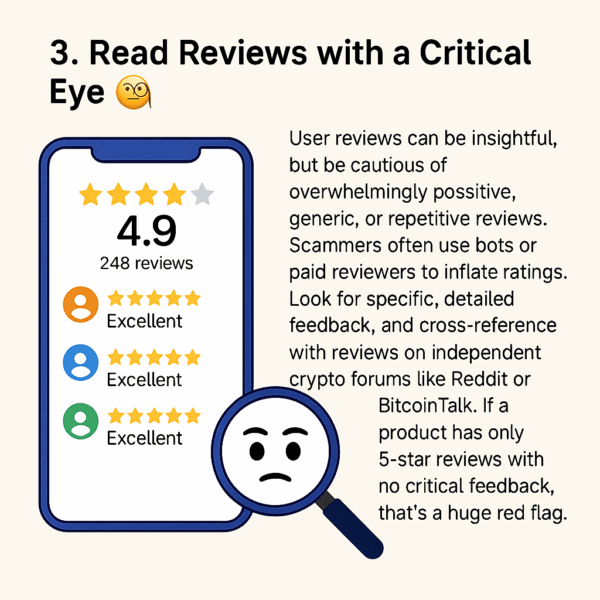
User reviews can be insightful, but be cautious of overwhelmingly positive, generic, or repetitive reviews. Scammers often use bots or paid reviewers to inflate ratings. Look for specific, detailed feedback, and cross-reference with reviews on independent crypto forums like Reddit or BitcoinTalk. If a product has only 5-star reviews with no critical feedback, that’s a huge red flag.
4. Check for Regulatory Compliance (Where Applicable) 📜
Legitimate crypto platforms, especially centralized exchanges or lending platforms, often need to comply with financial regulations in various jurisdictions (e.g., SEC in the U.S., FCA in the U.K.). Check their website for clear information on their regulatory status and licenses. A lack of transparency here is a major warning sign.
5. Unrealistic Promises? Run! 🏃♀️💨
If an app promises “guaranteed returns,” “double your money in 24 hours,” or “risk-free profits,” it’s almost certainly a scam. The crypto market is inherently volatile, and no legitimate investment can offer such assurances. Too-good-to-be-true offers are always a trap.
6. Poor UI and Grammatical Errors 🤦♀️
Professional crypto companies invest heavily in polished, intuitive user interfaces. Scam apps often appear rushed, with sloppy design, grammatical errors, broken links, or an unclear user experience. Many fake apps are also near-perfect copies of legitimate ones, so small typos in names or URLs are crucial to spot.
7. Verify URLs and Avoid Phishing Links 🔗
Be extremely wary of links sent via unsolicited emails, social media messages, or suspicious websites. Always manually type in the official URL for exchanges or wallets you use, or use bookmarks. Phishing attempts often use slightly misspelled URLs (e.g., “blockchian.info” instead of “blockchain.info”). Look for “https://” and a padlock icon in the browser, though remember this alone isn’t a guarantee of legitimacy.
No legitimate crypto app or support team will ever ask you for your private keys or seed phrase. These are the master keys to your funds. If an app prompts you to enter this sensitive information, it’s a scam designed to drain your wallet.
9. Contact Information and Support Channels 📞
Legitimate platforms will have clear “Contact Us” or “About” pages with verifiable contact details. Try reaching out to their customer support to gauge their responsiveness and professionalism. A lack of contact information or non-existent support is a major red flag.
10. Community Buzz and Independent Research 🌐
Beyond app store reviews, search online for independent reviews and community discussions. Look up the project’s name plus “scam,” “fraud,” or “reviews.” Established crypto communities on platforms like Twitter or Discord often flag scams quickly. Be suspicious of sudden, unexplained hype without corresponding fundamental news.
In the fast-paced world of crypto, staying informed and adopting a skeptical mindset are your best defenses. Always double-check, verify, and never let FOMO (Fear Of Missing Out) cloud your judgment. Your digital assets are your responsibility, so protect them wisely!

